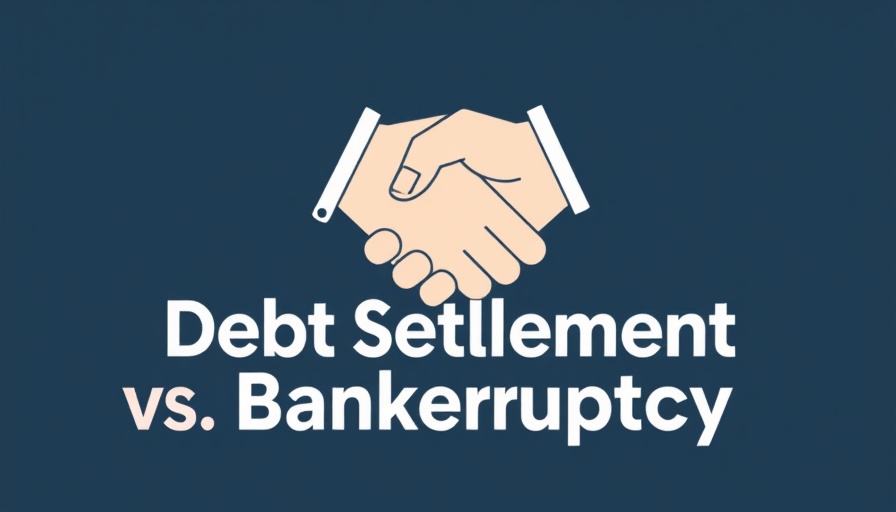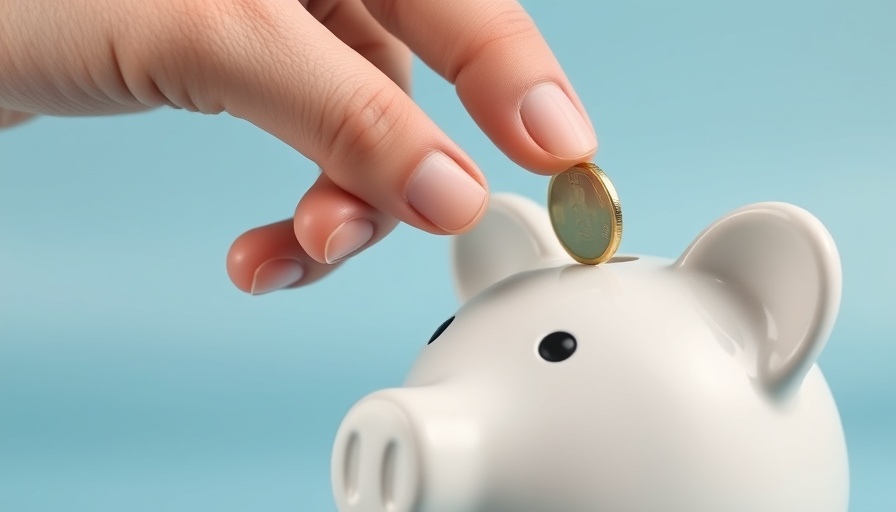
Understanding Debt Relief Options
Navigating the landscape of debt relief can feel like an overwhelming challenge, especially during financially turbulent times. Understanding the nuances between debt settlement and bankruptcy is crucial for making informed decisions. Both options offer paths to regain financial stability, yet they operate fundamentally differently.
Debt Settlement vs. Bankruptcy: A Closer Look
Debt settlement involves negotiating with creditors to pay back a reduced amount, while bankruptcy is a legal process that helps erase certain debts. Debt settlement can often be less damaging to your credit score compared to bankruptcy, which can remain on your credit report for up to ten years. However, both processes have their pros and cons. When considering which is right for you, it's important to assess your financial situation, including the total amount of debt, types of debts, and your ability to negotiate.
What's at Stake?
Choosing between debt settlement and bankruptcy involves weighing potential risks and rewards. Bankruptcy may provide immediate relief from creditors and stop collection actions, but it can also lead to loss of certain properties and a significant drop in credit score. Debt settlement allows individuals to handle the situation without declaring bankruptcy, possibly preserving more assets while still alleviating financial burdens.
The Journey of Debt: From Management to Elimination
Understanding where your debt stands on the spectrum of manageability is vital. Because both debt settlement and bankruptcy cater to severe financial distress, taking initial steps like budgeting and debt management plans is advisable for someone facing less overwhelming obligations. Once manageable debts start piling up, tools such as debt consolidation loans and credit counseling services can surface as alternatives before considering more drastic measures.
Common Misconceptions Around Bankruptcy and Debt Settlement
Many people view bankruptcy as a failure, yet it was developed to help individuals start anew when they cannot pay debts. Another misconception is that debt settlement is always a better option. It certainly may seem attractive to pay less, but it can lead to tax consequences and a slower resolution process, prolonging financial strain.
Building your Financial Future
Regardless of the path chosen, rebuilding credit and achieving financial health is attainable. Utilizing effective debt management strategies—such as the debt snowball or avalanche methods—can facilitate faster repayment and create a sustainable debt-free lifestyle.
Expert Insights: Making Informed Decisions
Working with financial professionals can clarify risks and rewards of each route and help formulate a robust debt repayment plan. Whether it’s through diving into credit counseling services or exploring debt forgiveness programs, there are resources available to guide you.
Conclusion: Steps Towards Debt Relief
The journey to financial freedom begins with understanding the available options. Whether opting for debt settlement, bankruptcy, or other debt relief strategies, engaging with tools like budgeting apps and scheduling financial assessments can pave the way towards a debt-free life. If facing financial hardship, consider reaching out to a financial advisor to weigh your choices wisely.
 Add Row
Add Row  Add
Add 



Write A Comment